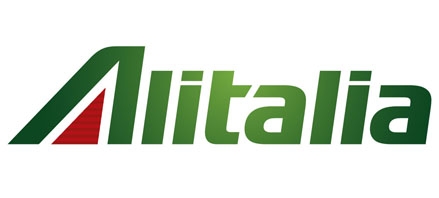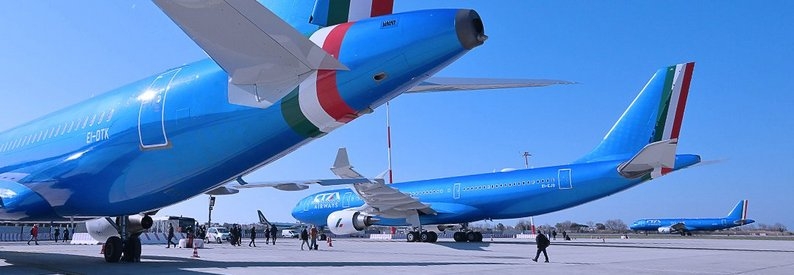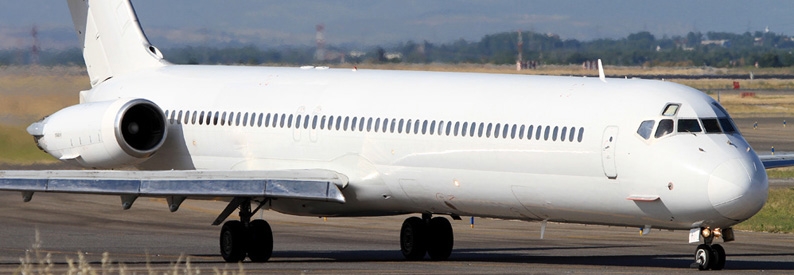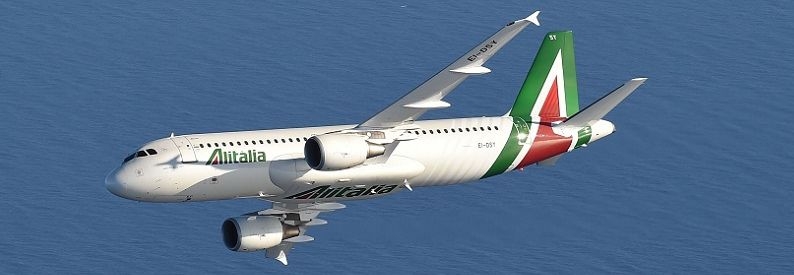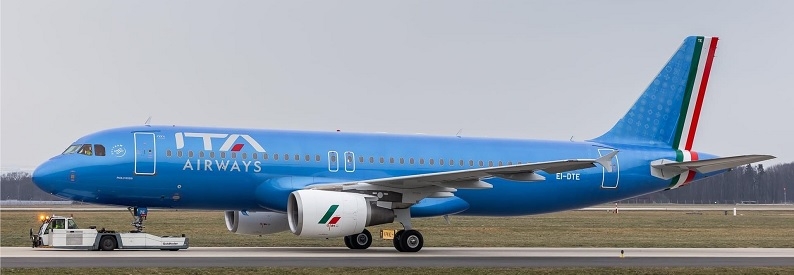Alitalia (AZA, Rome Fiumicino) has unveiled its new 3-year restructuring industrial plan aimed at stemming continued losses. Among the new highlights of the plan, presented by new CEO, Mr Gabriele Del Torchio, are that routes will be funnelled into the three key gateways of Rome Fiumicino, Milan Malpensa and Milan Linate. Slots liberated at Milan Linate from flights to Rome Fiumicino will be used for new point-to-point international connections serving Northern Italy and, in particular, its business market. Linate will serve Copenhagen Kastrup, Budapest, Vienna, Stockholm Arlanda, Helsinki Vantaa, Malta International, Tallinn Lennart Meri and Prague Václav Havel. Malpensa will serve non-EU destinations including Cairo International, Tunis, Moscow Sheremetyevo and Tirana. Out of Rome, Alitalia is considering serving Nuremberg, Lviv, Bordeaux Mérignac, Skopje, Zagreb Franjo Tuđman, Sarajevo, Ankara Esenboga, Marrakech, Misurata, Minsk National, Basel/Mulhouse/Freiburg, CH, Marseilles, Rostov Platov, Pristina, Damascus and Erbil. New intercontinental destinations which may be introduced between Winter 2014 and Winter 2016 are Rome Fiumicino to Nairobi Jomo Kenyatta, Seoul Incheon, Santiago de Chile, San Francisco and Johannesburg O.R. Tambo; Milan Malpensa to Shanghai Pudong, Abu Dhabi International and Osaka Kansai; Venice Marco Polo to Tokyo Narita. In the short and medium-haul sectors, Alitalia plans to cut overlaps with Air One (Rome Fiumicino) through the establishment of a new web-oriented brand due to replace Air One, thereby allowing Alitalia to focus on its Rome/Milan hubs. Out of bases in Catania, Palermo International, Venice Marco Polo and Pisa, the new as-yet-unnamed carrier will attempt to recapture lost market-share in North-East Italy while catering to high demand in Sicily. Fleet-wise, the airline will acquire six new aircraft in 2016 while ten A330-200 will undergo reconfiguration to better suit market demand. Its frequent flyer programme, Millemiglia, is to be spun off. In terms of its relationship with other carriers, further partnerships including codeshares and intermodal air-rail link options are to be developed.
- Airbus A330-200
- Abu Dhabi International
- Tirana
- Vienna
- Sarajevo
- Minsk National
- Basel/Mulhouse/Freiburg, CH
- Santiago de Chile
- Shanghai Pudong
- Prague Václav Havel
- Nuremberg
- Copenhagen Kastrup
- Tallinn Lennart Meri
- Cairo International
- Helsinki Vantaa
- Bordeaux Mérignac
- Marseilles
- Zagreb Franjo Tuđman
- Budapest
- Erbil
- Catania
- Milan Linate
- Milan Malpensa
- Palermo International
- Pisa
- Rome Fiumicino
- Venice Marco Polo
- Osaka Kansai
- Tokyo Narita
- Nairobi Jomo Kenyatta
- Seoul Incheon
- Misurata
- Marrakech
- Skopje
- Malta International
- Pristina
- Moscow Sheremetyevo
- Rostov Platov
- Stockholm Arlanda
- Damascus
- Tunis
- Ankara Esenboga
- Lviv
- San Francisco
- Johannesburg O.R. Tambo
- Air One
- Alitalia
- Joint Ventures
- Shareholding Changes
- Business Restructuring
- MRO
- Bases/Hubs
- Government Subsidisation
- Airport Operations
- Certification Events
